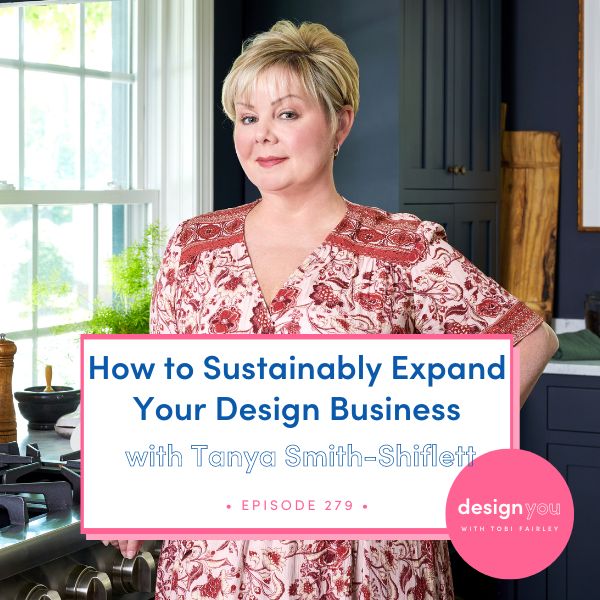
We’re fresh off the back of our four-part series about the potential end of the interior design industry, and I have the perfect interview to complement those episodes. My guest this week is a brilliant saleswoman, an expert in thinking differently while expanding a business, and she has an approach for getting to know her clients that has helped her grow her business into something special.
Tanya Smith-Shiflett believes that the kitchen is the heart of every home. She has been building some amazing showrooms for her kitchen and bath company all over the country and her business has been growing like crazy over the past few years. She’s a mentor to many of us in the design and building industry because she’s always helping people think differently about the business of design and construction.
Tune in this week to discover how getting to know your clients on a deeper level helps you provide unparalleled design services. Tanya is sharing how to question your clients so you can design something they truly love, how to work within their budget, the principles that have helped her grow and scale her design business, and how to use the economic downturn we’re experiencing as an opportunity to plan for the future.
Discover a new path to success in the Interior Design Industry with our live 3-part training: How To Create Additional Revenue Streams. Join us as we teach you the strategies to launch innovative income streams, freeing you from the limitations of traditional design services. Don’t miss this opportunity to revolutionize your business and thrive in today’s competitive landscape. Grab the Training Series now to prepare your business for today & beyond!





